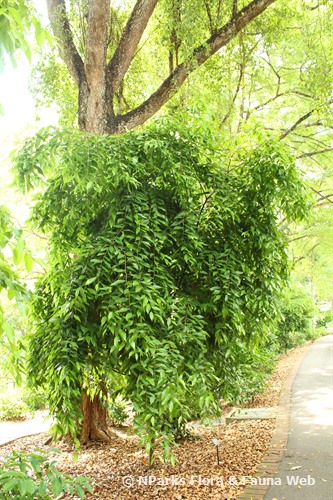
Name
Classifications and Characteristics
| Plant Division | Angiosperms (Flowering Seed Plants) |
|---|---|
| Plant Growth Form | Tree |
Biogeography
| Native Distribution | Peninsular Malaysia and Singapore |
|---|---|
| Native Habitat | Terrestrial |
| Preferred Climate Zone | Tropical |
| Local Conservation Status | Native to Singapore (Presumed Nationally Extinct (NEx)) |
Description and Ethnobotany
| Growth Form | It is a small tree. |
|---|---|
| Foliage | Leaves is smooth, leathery, elliptic-oblong or lanceolate (5.5 – 14 cm long) and in alternate arrangement. Each leaf has 4 – 6 pairs of secondary veins with an acuminate leaf tip and acute or cuneate leaf base. Petiole is smooth and about 5 – 6 mm long. Stipules fall off early, leaving a scar on the branches. Young leaves are pinkish and gradually turn green as it mature. |
| Flowers | It is a monoecious plant, where inflorescence occurs at the axillary, and comprises of many small creamish white flowers. Male flower have spatula-like petals and 5 stamens while female flower has round petals, 3 bifid style, and a hairy ovary. Bracteoles is ovate, smooth on inner surface, while the outer surface have brown scale-like hairs, which can be easily removed. |
| Fruit | Fruit is almost round (9 mm wide), turn red when ripe and split open into 3 parts. Seed is brownish black and ovoid (6 mm long and 4mm wide). |
| Etymology | Greek kleistos, close; Greek anthos, flower, referring to the character of the flower. Species malaccensis means 'from Malacca', a place on the coast of Peninsular Malaysia. |
Landscaping Features
| Landscape Uses | Suitable for Roadsides, Parks & Gardens |
|---|
Plant Care and Propagation
| Light Preference | Full Sun |
|---|---|
| Water Preference | Moderate Water |
| Plant Growth Rate | Moderate |
| Propagation Method | Seed |
Foliar
| Mature Foliage Colour(s) | Green |
|---|
Floral (Angiosperm)
| Flower Colour(s) | Cream / Off-White |
|---|---|
| Flower Grouping | Cluster / Inflorescence |
Image Repository
Others
| Master ID | 29071 |
|---|---|
| Species ID | 3387 |
| Flora Disclaimer | The information in this website has been compiled from reliable sources, such as reference works on medicinal plants. It is not a substitute for medical advice or treatment and NParks does not purport to provide any medical advice. Readers should always consult his/her physician before using or consuming a plant for medicinal purposes. |

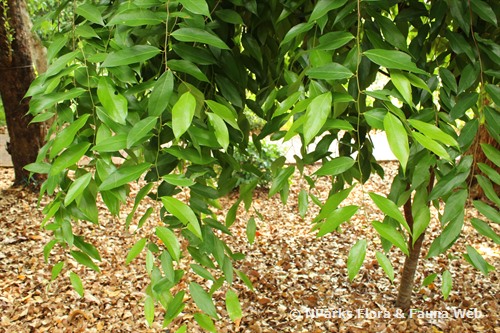
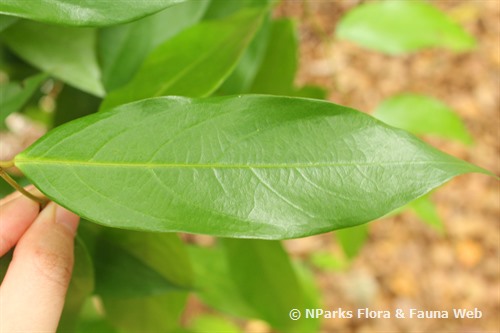
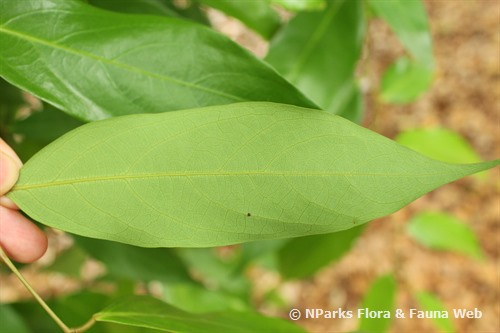
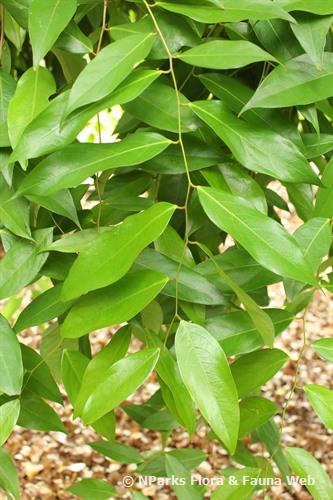
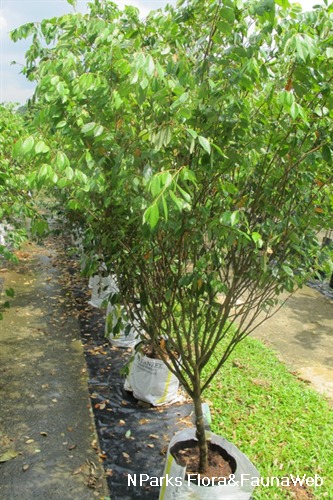
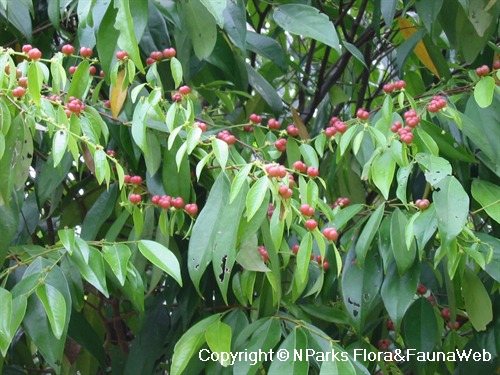
.jpg)